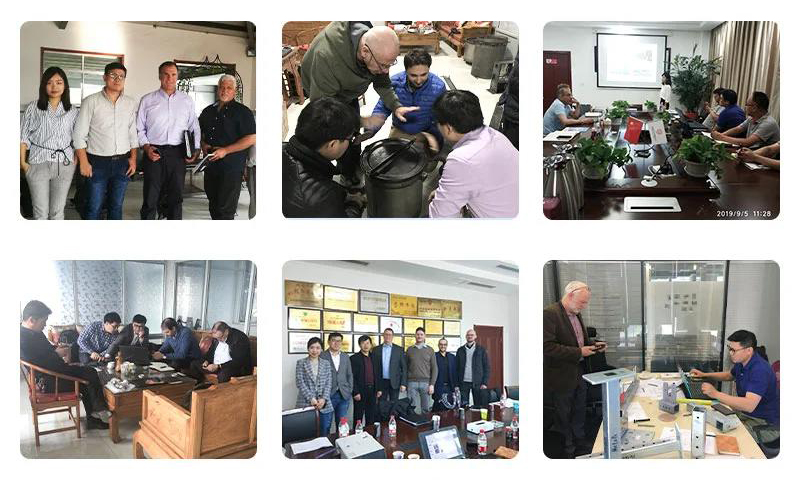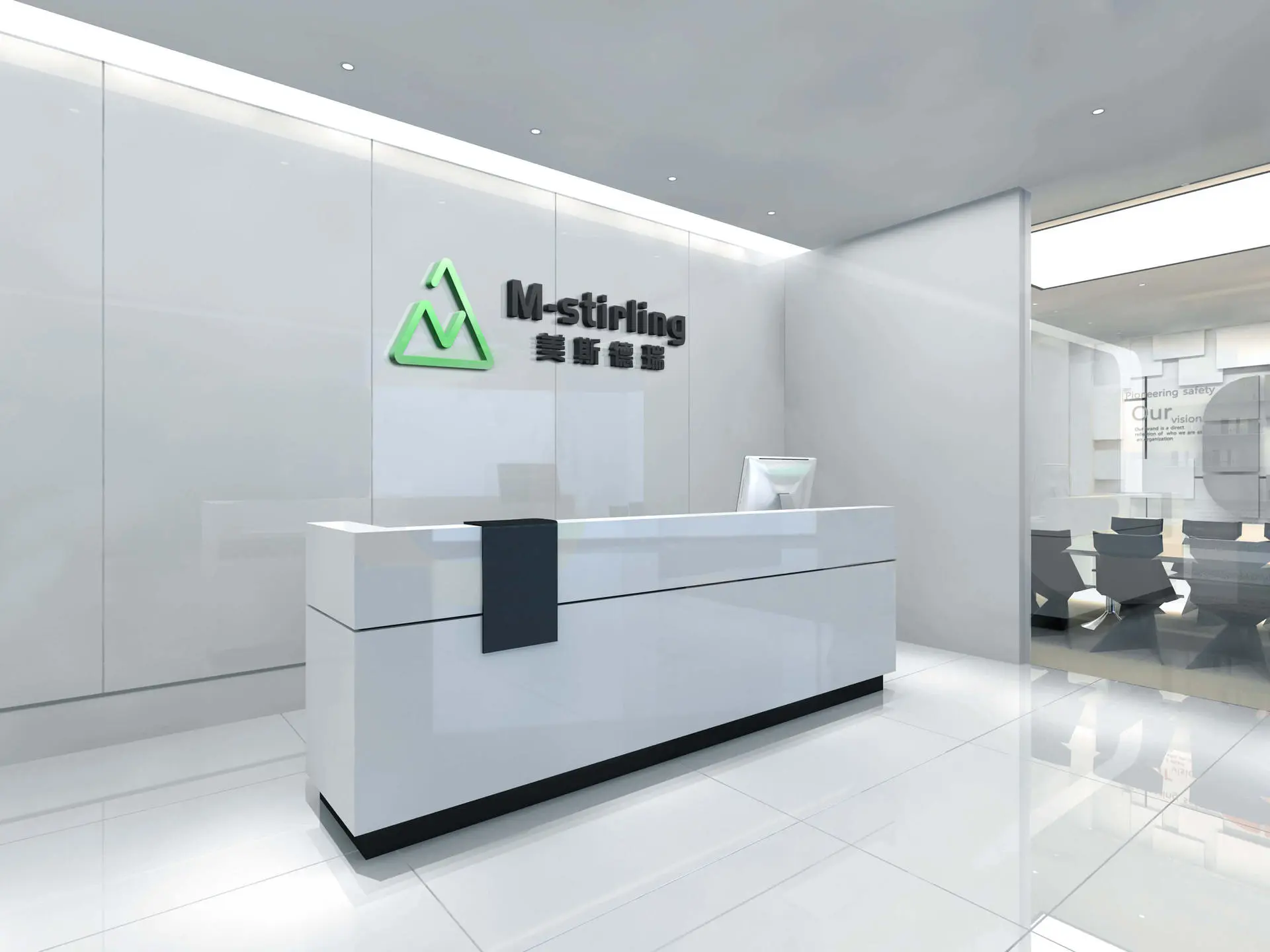- All
- Product Name
- Product Keyword
- Product Model
- Product Summary
- Product Description
- Multi Field Search



| Availability: | |
|---|---|
Product name : liquid cooling plate fin heat exchanger universal aluminum intercooler
The Liquid Cooling Plate Fin Intercooler is the perfect solution for high-performance engines that require efficient cooling. This intercooler is designed to reduce the temperature of the compressed air entering the engine, which leads to increased horsepower and improved efficiency.
The intercooler features a unique plate fin design that provides maximum cooling efficiency. The fins are made from high-quality aluminum, which is a great conductor of heat. This allows the intercooler to dissipate heat quickly and effectively, keeping the compressed air at a lower temperature.
The Liquid Cooling Plate Fin Intercooler also features a liquid cooling system, which further enhances its cooling capabilities. The liquid flows through the intercooler, absorbing heat from the compressed air, and then dissipates the heat through a separate radiator. This results in even cooler air entering the engine and improves overall engine performance.
Installation of the Liquid Cooling Plate Fin Intercooler is a breeze, as it comes with all the necessary hardware for a direct fit installation. It is also designed to be durable and long-lasting, ensuring that it will withstand the demands of high-performance driving.
NO. | ITEM | DESCRIPTION |
1 | Material | Aluminum alloy 3003 for core, ADC12 for end tank |
2 | Dimension (L*W*H) | Up to 750*400*80 mm |
3 | Port G | 2,2.5 or 3 inches or custom |
4 | Working Pressure | 5 Bars |
5 | Cooling Capacity | Up to 3000 W |
6 | Medium | Water and Air |
7 | Type | Plate fin heat exchanger |
8 | Manufacturing Method | Vacuum brazing and argon-arc welding |
9 | Cooling Method | Water to air |
10 | Surface Finish | Natrual or powder coating |
11 | Warranty time | 2 years |
12 | Place of Region | Jiangsu province of China |
13 | Reference Standard | GB/T 3190-2008,JBT7261 |
M-stirlings’s intercooler technologies include
◆ Vacuum brazed aluminum intercooler with aluminum die casting tanks welded
◆ Controlled atmosphere brazed aluminum intercooler with aluminum die casting tanks welded
◆ Vacuum or CAB brazed aluminum intercooler with aluminum sheet metal fabricated tanks welded
◆ Vacuum or CAB brazed aluminum intercooler with aluminum extruded tanks welded

▲ Auto intercooler

▲ Truck intercooler
Brief of intercooler
An intercooler is a heat exchanger used to cool a gas after compression. Often found in turbocharged engines, intercoolers are also used in air compressors, air conditioners, refrigeration and gas turbines.
Internal combustion engines
Cooling fins inside an air-to-air intercooler
Most commonly used with turbocharged engines, an intercooler is used to counteract the heat of compression and heat soak in the pressurised intake air. By reducing the temperature of the intake air, the air becomes denser (allowing more fuel to be injected, resulting in increased power) and less likely to suffer from pre-ignition or knocking. Additional cooling can be provided by externally spraying a fine mist onto the intercooler surface, or even into the intake air itself, to further reduce intake charge temperature through evaporative cooling.
Multiple stages of compression
In automotive engines where multiple stages of forced-induction are used (e.g. a sequential twin-turbo or twin-charged engine), the intercooling usually takes place after the last turbocharger/supercharger. However it is also possible to use separate intercoolers for each stage of the turbocharging/supercharging, such as in the JCB Dieselmax land speed record racing car. Some aircraft engines also use an intercooler for each stage of the forced induction.[citation needed] In engines with two-stage turbocharging, the term intercooler can specifically refer to the cooler between the two turbochargers and the term aftercooler is used for the cooler located between the second-stage turbo and the engine. However, the terms intercooler and charge-air cooler are also often used regardless of the location in the intake system.
Air compressors
Intercoolers are used to remove the waste heat from the first stage of two-stage air compressors. Two-stage air compressors are manufactured because of their inherent efficiency. The cooling action of the intercooler is principally responsible for this higher efficiency, bringing it closer to Carnot efficiency. Removing the heat-of-compression from the discharge of the first stage has the effect of densifying the air charge. This, in turn, allows the second stage to produce more work from its fixed compression ratio. Adding an intercooler to the setup requires additional investments

▲ Front mounted Air to Air Intercooler
Product name : liquid cooling plate fin heat exchanger universal aluminum intercooler
The Liquid Cooling Plate Fin Intercooler is the perfect solution for high-performance engines that require efficient cooling. This intercooler is designed to reduce the temperature of the compressed air entering the engine, which leads to increased horsepower and improved efficiency.
The intercooler features a unique plate fin design that provides maximum cooling efficiency. The fins are made from high-quality aluminum, which is a great conductor of heat. This allows the intercooler to dissipate heat quickly and effectively, keeping the compressed air at a lower temperature.
The Liquid Cooling Plate Fin Intercooler also features a liquid cooling system, which further enhances its cooling capabilities. The liquid flows through the intercooler, absorbing heat from the compressed air, and then dissipates the heat through a separate radiator. This results in even cooler air entering the engine and improves overall engine performance.
Installation of the Liquid Cooling Plate Fin Intercooler is a breeze, as it comes with all the necessary hardware for a direct fit installation. It is also designed to be durable and long-lasting, ensuring that it will withstand the demands of high-performance driving.
NO. | ITEM | DESCRIPTION |
1 | Material | Aluminum alloy 3003 for core, ADC12 for end tank |
2 | Dimension (L*W*H) | Up to 750*400*80 mm |
3 | Port G | 2,2.5 or 3 inches or custom |
4 | Working Pressure | 5 Bars |
5 | Cooling Capacity | Up to 3000 W |
6 | Medium | Water and Air |
7 | Type | Plate fin heat exchanger |
8 | Manufacturing Method | Vacuum brazing and argon-arc welding |
9 | Cooling Method | Water to air |
10 | Surface Finish | Natrual or powder coating |
11 | Warranty time | 2 years |
12 | Place of Region | Jiangsu province of China |
13 | Reference Standard | GB/T 3190-2008,JBT7261 |
M-stirlings’s intercooler technologies include
◆ Vacuum brazed aluminum intercooler with aluminum die casting tanks welded
◆ Controlled atmosphere brazed aluminum intercooler with aluminum die casting tanks welded
◆ Vacuum or CAB brazed aluminum intercooler with aluminum sheet metal fabricated tanks welded
◆ Vacuum or CAB brazed aluminum intercooler with aluminum extruded tanks welded

▲ Auto intercooler

▲ Truck intercooler
Brief of intercooler
An intercooler is a heat exchanger used to cool a gas after compression. Often found in turbocharged engines, intercoolers are also used in air compressors, air conditioners, refrigeration and gas turbines.
Internal combustion engines
Cooling fins inside an air-to-air intercooler
Most commonly used with turbocharged engines, an intercooler is used to counteract the heat of compression and heat soak in the pressurised intake air. By reducing the temperature of the intake air, the air becomes denser (allowing more fuel to be injected, resulting in increased power) and less likely to suffer from pre-ignition or knocking. Additional cooling can be provided by externally spraying a fine mist onto the intercooler surface, or even into the intake air itself, to further reduce intake charge temperature through evaporative cooling.
Multiple stages of compression
In automotive engines where multiple stages of forced-induction are used (e.g. a sequential twin-turbo or twin-charged engine), the intercooling usually takes place after the last turbocharger/supercharger. However it is also possible to use separate intercoolers for each stage of the turbocharging/supercharging, such as in the JCB Dieselmax land speed record racing car. Some aircraft engines also use an intercooler for each stage of the forced induction.[citation needed] In engines with two-stage turbocharging, the term intercooler can specifically refer to the cooler between the two turbochargers and the term aftercooler is used for the cooler located between the second-stage turbo and the engine. However, the terms intercooler and charge-air cooler are also often used regardless of the location in the intake system.
Air compressors
Intercoolers are used to remove the waste heat from the first stage of two-stage air compressors. Two-stage air compressors are manufactured because of their inherent efficiency. The cooling action of the intercooler is principally responsible for this higher efficiency, bringing it closer to Carnot efficiency. Removing the heat-of-compression from the discharge of the first stage has the effect of densifying the air charge. This, in turn, allows the second stage to produce more work from its fixed compression ratio. Adding an intercooler to the setup requires additional investments

▲ Front mounted Air to Air Intercooler

